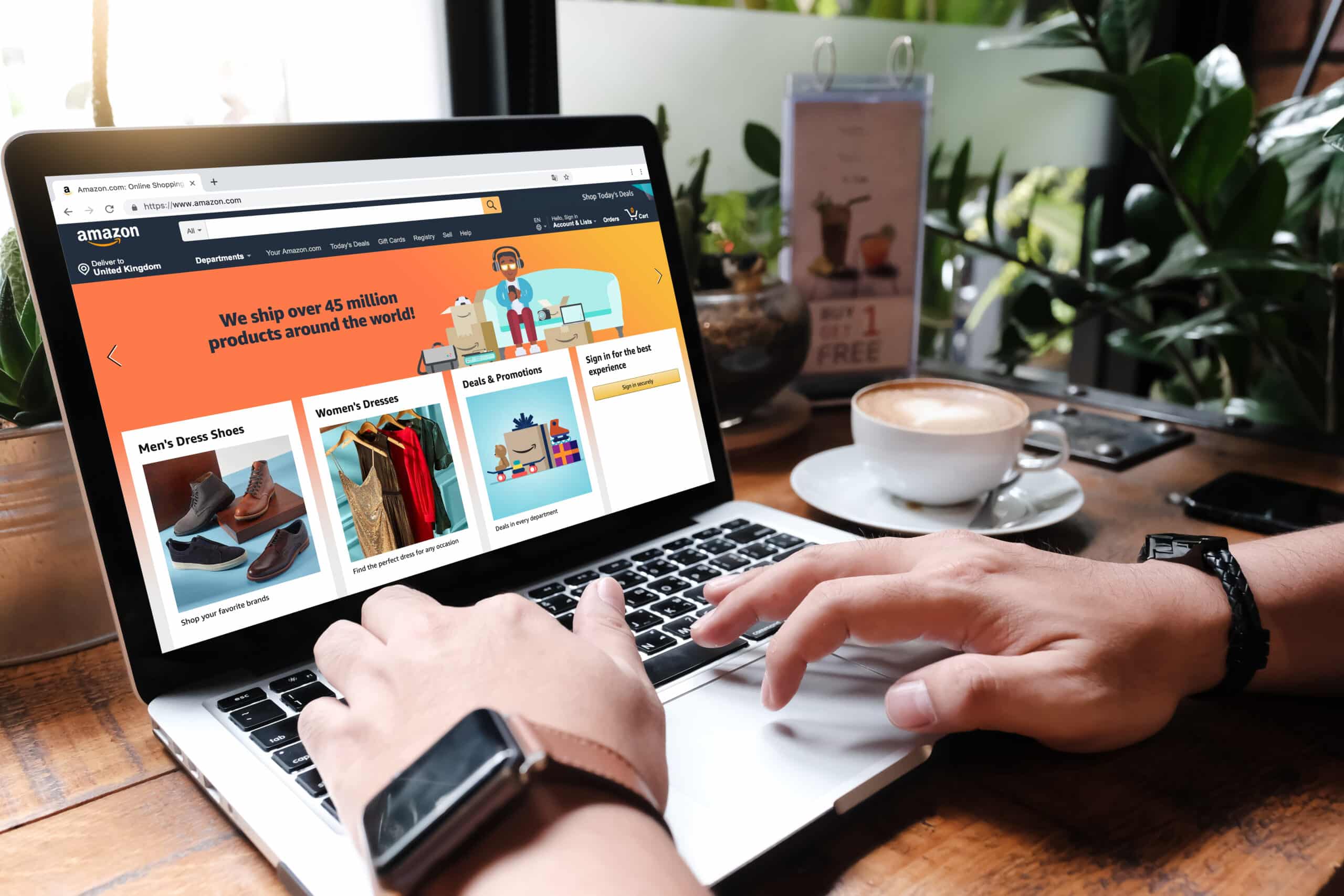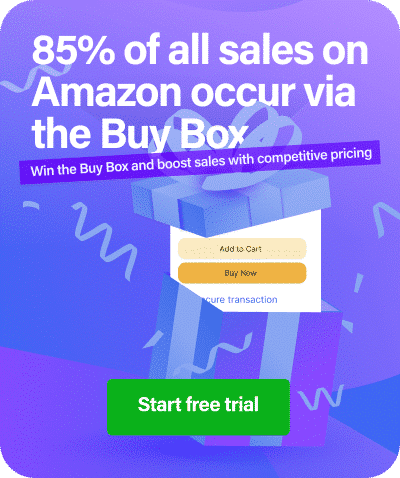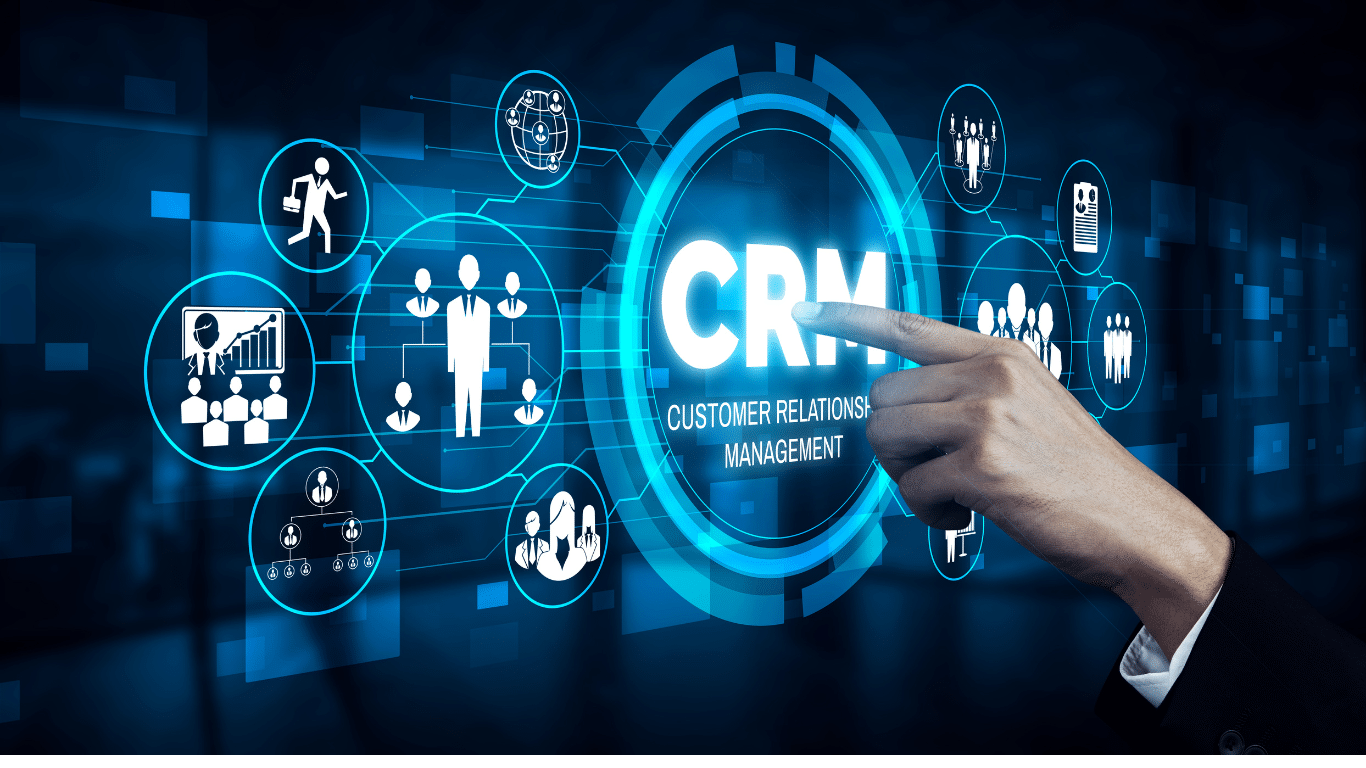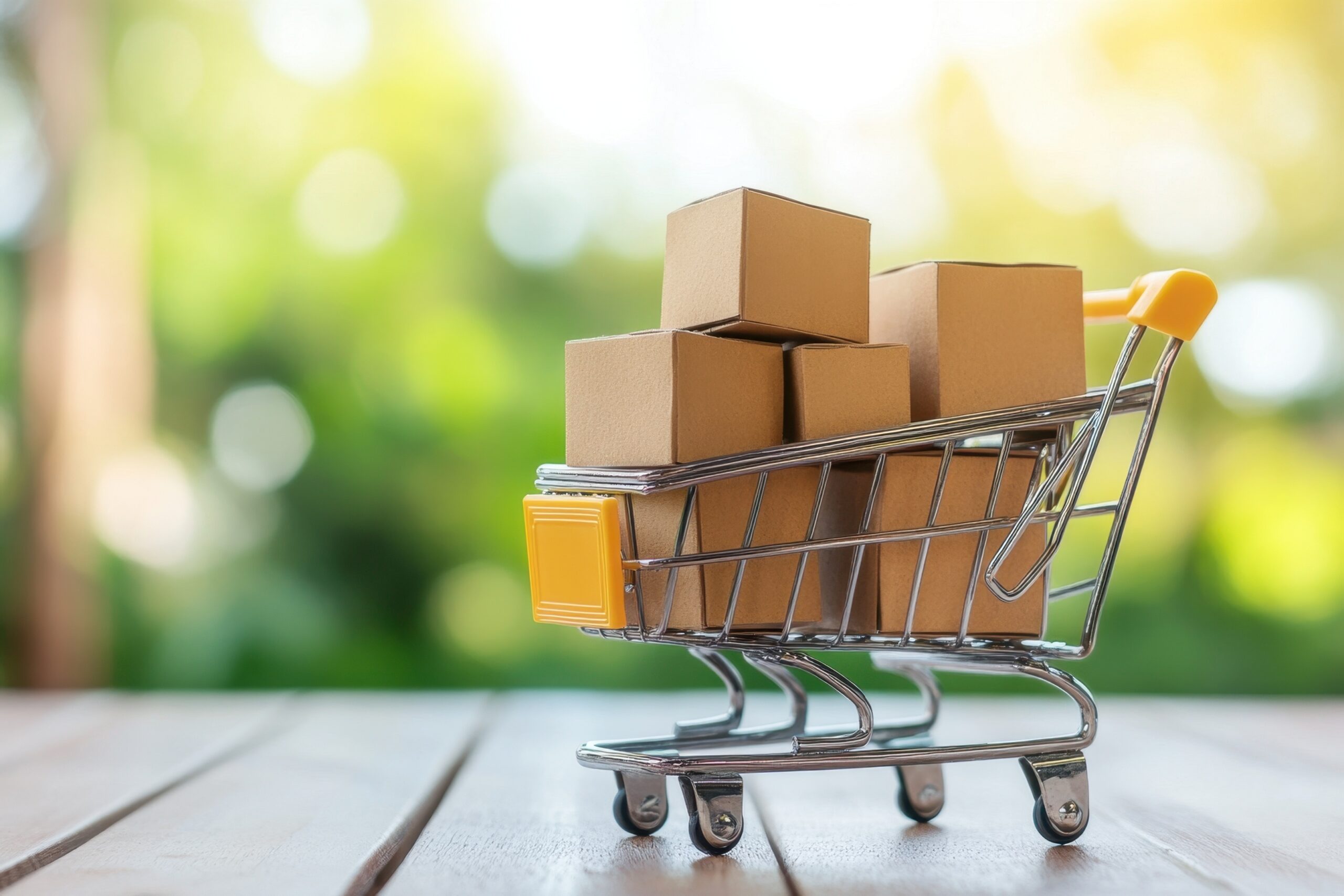What’s the fastest way to grow on Amazon without throwing money at guesswork? Use the tools the right way: Start with Sponsored Products to capture intent, layer in Sponsored Brands and video to expand reach, and use Sponsored Display to re-engage shoppers. Tie it all to clean listings, smart pricing, and simple measurement so you can scale what works.
This guide gives you practical steps you can use today, supported by stats from Amazon Ads and real case studies. By the end, you’ll know which ad types to run when, how to structure campaigns and bids, and how to connect pricing with performance so sales grow without wasted spend.
Why paid and organic work better together on Amazon
Shoppers move fast. Ads help you show up where they’re already searching, while your content and price turn clicks into orders. That’s the loop. When your images, copy, reviews, and price are tight, your ads convert better, and better conversion feeds rank.
If your price drifts or your Buy Box share drops, ad performance usually follows. Keep pricing responsive while you test creative and bids by running key SKUs through an Amazon repricer that respects floors and reacts quickly. That way you can separate what the bid did from what the price did, and protect margin while you scale. (Tip: review Repricer.com’s repricing features to see which levers you’re not using yet.)
Which Amazon ads to start with
Think of a simple stack, not every button.
- Sponsored Products are your always-on engine. They match product intent in search and on product pages. For most catalogs, this is where you begin and where most spend lives.
- Sponsored Brands help shoppers discover your range. Use headline search ads and Sponsored Brands video to introduce the brand and push to a Store or a focused collection.
- Sponsored Display reaches audiences on and off Amazon. Use it to re-engage viewers who didn’t buy, or to cross-sell based on past purchases.
“Drive page visits” campaigns that sent shoppers to a Brand Store landing page delivered 28% higher sales attributed to ads than other landing options, according to internal Amazon data (July–Dec 2024).
How to set up campaigns that don’t waste budget
Start small, test, then scale. Keep your structure clean so you can see what works.
Here’s a good starter setup:
- One Sponsored Products campaign per hero SKU or tightly related group, with two ad groups: one automatic, one manual.
- In the manual group, add a handful of exact and phrase keywords you’d type as a shopper.
- One Sponsored Brands campaign that points to a relevant Store page or a curated collection.
- One Sponsored Display campaign for views remarketing on high-intent pages.
That’s one of our four bullet lists. Everything else we’ll cover in prose.
Let the automatic ad group find ideas. Use the search term report to move good terms into exact or phrase and block waste with negatives. Keep bids modest at first. You can always raise them on proven terms.
Loftie’s Sponsored Products campaigns delivered a $5.66 return on ad spend (ROAS) with a 17.68% advertising cost of sales (ACOS) after tuning, according to Amazon Ads.
What to bid on (and what to avoid)
Bid where intent is strong and conversion is likely. That’s your brand terms, tight category phrases, and complementary products. Avoid mismatched queries, ultra-broad terms when budget is thin, and product pages where your offer can’t win on delivery or reviews.
If your product is new or you’re entering a crowded space, Sponsored Brands video is a handy wedge. It grabs attention with a single product story and often faces less competition than static placements. Sponsored Display can then re-engage anyone who viewed but didn’t add to cart.
Furniture brand In House increased Amazon store sales by 250% after mixing Sponsored Products, Sponsored Brands, and Sponsored Display with basic creative cleanup, according to Amazon Ads.
Pricing still matters. If your Buy Box share is shaky, ads can drive traffic that bounces. Keep your rules tight with an Amazon repricing tool so the same ASIN isn’t profitable one day and uncompetitive the next.
How to use Amazon’s advertising tools to increase sales during events
Events change behavior. Shoppers are primed to buy, which means your ads can move more volume at a better return if your setup is ready.
Warm audiences with Sponsored Display in the lead-up. On the day, let Sponsored Products carry most of the load with proven terms. Use Sponsored Brands to promote bundles or limited-time variants. After the event, retarget browsers who didn’t convert.
Advertisers using Sponsored Ads saw a 14% sales lift during Prime Day compared to average category growth, according to Amazon Ads.
If you want to go beyond the basics, use Store landing pages for campaigns focused on a theme or collection. Store destinations can deliver higher attributed sales than generic product landing pages when set up well. That’s an easy win when you need clean paths to purchase.
What to track each week so you keep improving
Look at spend, sales, and efficiency first. ACOS or ROAS tell you if the math works. Then check click-through rate, conversion rate, and new-to-brand share where available. Tie those to unit session percentage on the listing and to Buy Box share so you can see how the whole system behaves.
Save one slot each week to review your search term reports. Add winners to exact or phrase. Add negatives for mismatches. When you see strong conversion, test a gentle bid increase. When conversion drops, look for creative issues or price friction before you slash bids.
A L’oreal Professionel saw a 32x return on Sponsored ads during a launch when paired with Stores and DSP, according to Amazon Ads.
A quick plan you can run this month
Here’s a clean sequence you can follow without hiring an agency.
Week 1. Pick five SKUs. Refresh main images and bullets, confirm price floors, and turn on Sponsored Products with one automatic and one manual ad group. Add three to five exact and phrase terms per SKU.
Week 2. Launch a single Sponsored Brands campaign to a Store or curated page that groups those SKUs by need. Keep copy simple and honest. If you have a short product video, test Sponsored Brands video.
Week 3. Add a Sponsored Display views remarketing campaign for those SKUs. Keep budgets modest. Review search term reports from your automatic groups and move high-performing terms into exact or phrase.
Week 4. Raise bids only on terms with healthy conversion. Add negatives. Check Buy Box share and use your repricing features to keep floors safe while staying competitive. Note changes in unit session percentage and ROAS.
Across a 300-seller analysis, weekly Amazon sales rose an average of 143% after 30 weeks using Repricer.com.
The short list and what to do next
Remember this:
Paid and organic work better together. Sponsored Products capture intent, Sponsored Brands and video expand reach, and Sponsored Display brings people back. Keep pricing and content tight so ads convert, not just click.
Try this next:
- Run the four-week plan for five SKUs.
- Keep one new test live each week, whether that’s a fresh video, a new Store landing page, or a tighter keyword set.
- Review results on the same day each week and expand only what proves out.
- When you’re ready to push harder, pair your ad tuning with an Amazon repricer so price and ads move in sync.
Line up price, content, and ads so the whole system works together: Book a Demo and we’ll show you how Repricer.com keeps your offers competitive while your campaigns scale.
FAQs
Which Amazon ad type should I start with if I have a small budget?
Start with Sponsored Products on a handful of high-intent terms. Layer in Sponsored Brands once you see stable conversion, then add Sponsored Display views remarketing to bring back browsers.
Should I bid on my own brand terms?
Yes, brand defense is cheap coverage and protects your shelf from competitors. Keep bids reasonable and review search queries weekly to avoid paying for noise.
How much should I spend on Amazon ads each day?
Work backward from your margins. Set a starter daily budget you’re comfortable testing for two weeks. If ROAS is healthy and conversion trends up, scale gently. If it’s not working, fix the listing and price before you raise bids.
Do videos really help?
They certainly can. Sponsored Brands video often faces less competition and can stop the scroll with a single product story. Keep it short, clear, and true to the product.
How do I know if ads are driving new customers?
Use new-to-brand metrics where available in Sponsored Brands and Sponsored Display. Pair that with your Store insights and repeat purchase data to see how ads influence acquisition and loyalty.





